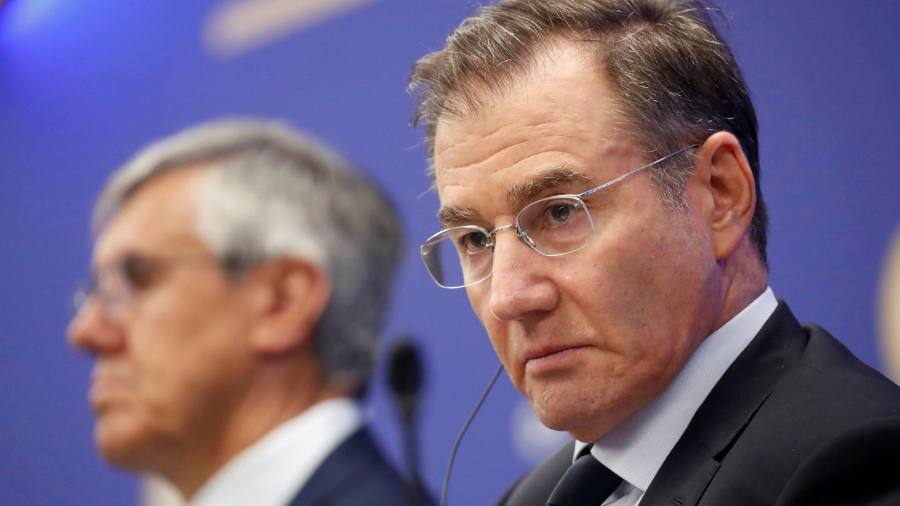[ad_1]
Ivan Glasenberg announced his last set of results as Glencore chief executive by reinstating the company’s dividend and raising the prospect of further cash returns if commodity prices remained strong.
Glencore scrapped its annual dividend in August as it poured money into oil trading to cash in on volatile market conditions. That saw the group’s net debt swell to almost $20bn, well above a target range of $10bn-$16bn.
As the big oil trades unwound over the course of the year that figure has fallen to $15.8bn, allowing Glencore, which reported better than expected annual results on Tuesday, to announce a dividend of 12 cents a share, worth almost $1.6bn.
“Given Glencore’s current strong levels of operating cash flow . . . the board would consider special 2021 ‘top-up shareholder distributions’, alongside its interim results in August,†said Glasenberg, who will be one of the biggest beneficiaries of the reinstated dividend.
The former coal trader owns more than 9 per cent of the $53bn company and will receive dividends worth $144m. He will be stepping down after two decades at the helm of the Switzerland-based company and will be replaced by one of his protégés Gary Nagle, the head of Glencore’s coal assets.
Glencore’s dividend is determined by its performance in the previous 12 months and is paid in two equal instalments over the next year. In this case the end of May and September. As such, the economic backdrop can be different from when Glencore declares a dividend and makes the payment — as was the case in 2020.
The resumption of payments comes against a background of rising commodity prices, which are boosting profits and share prices across the mining sector. Glencore is up 150 per cent from its Covid-19 lows in March.
Some big Wall Street banks reckon commodities are in the first leg of a new sector-wide “bull market†fanned by government spending focused on green infrastructure and tackling income inequality.
Glencore said on Tuesday adjusted earnings before interest, tax, depreciation and amortisation — a measure tracked by analysts — hit $11.6bn in the year to December, unchanged on a year ago, on revenues of $142bn. Earnings were about $1bn higher than markets forecasts.
Glencore’s “marketing†arm achieved a record performance as a listed company, reporting earnings before interest and tax of $3.3bn as its traders cashed in on the turmoil created by coronavirus in oil and metal markets.
However, Glencore reported a net loss of $1.9bn for 2020, widening from a $404m loss the year before after taking a series of non-cash impairment charges against coal and copper assets. These totalled $5.7bn.
Nagle is expected to lay out his strategy for the company this year although analysts and investors are not expecting any big changes.
In Tuesday’s results statement Glencore said its climate strategy would be put to a shareholder vote at its annual meeting in May, the first such move among its peers.
By 2050, Glencore, the world’s biggest exporter of thermal coal, is aiming to be carbon neutral, including the carbon dioxide generated when customers burn or process its raw materials.Â
Glasenberg took over as chief executive in 2002 and has become synonymous with the company, which went public via a stock market listing nine years later.
Over the past couple of years, the company has been transitioning to a new generation of leaders with a string of Glasenberg’s chief lieutenants retiring or stepping down.
Glasenberg has no intentions of becoming the company’s next chairman. But the outgoing chief will remain a big shareholder, with a stake worth almost $4bn.
[ad_2]
Source link





